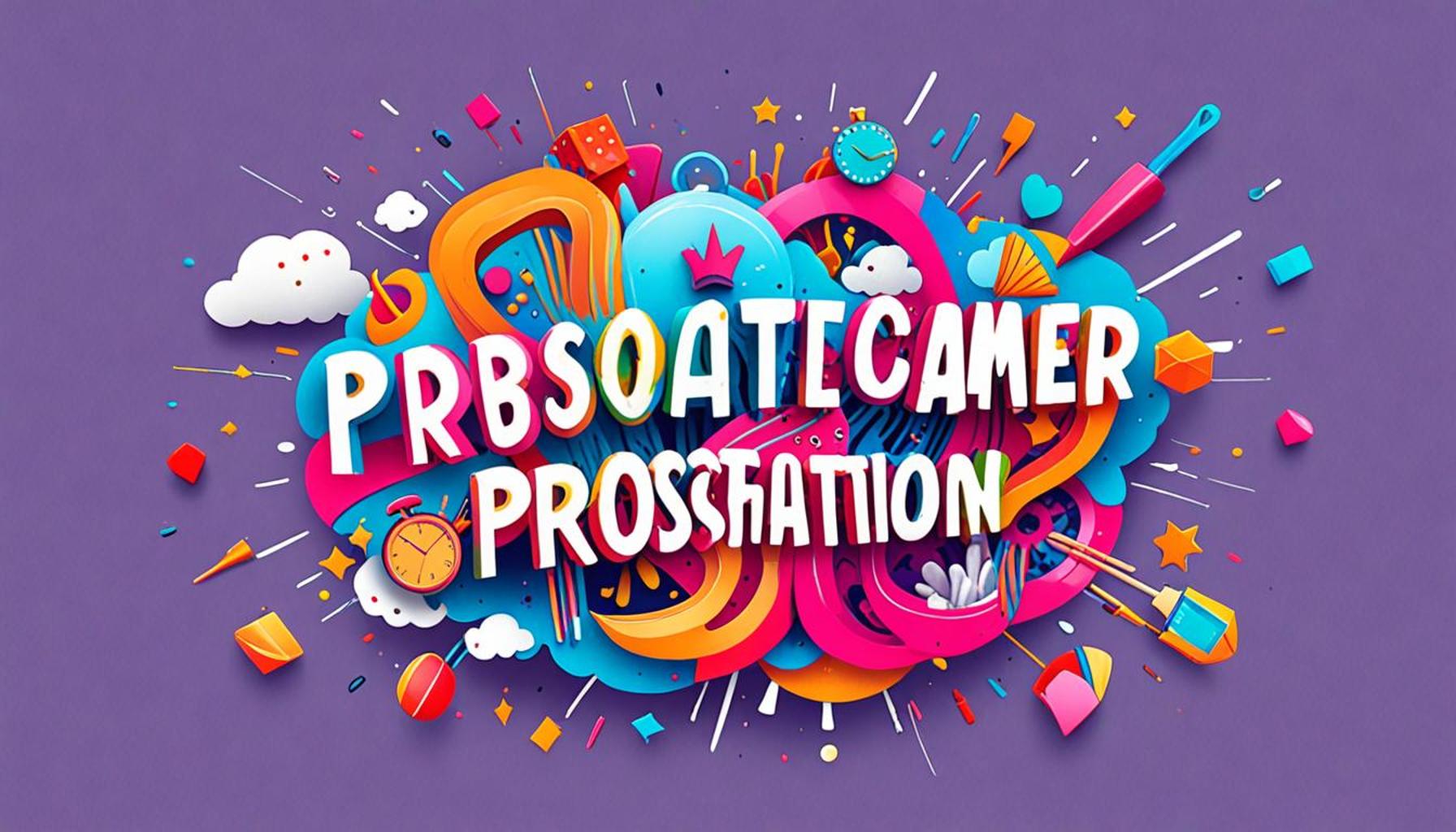Task Batching vs Multitasking Discover the Best Productivity Strategy

Unlocking Your Productivity Potential
In today’s fast-paced world, the battle for productivity is more intense than ever. With countless tasks competing for our attention, finding the most effective strategy is crucial. Task batching and multitasking have emerged as two popular approaches, each with its own merits and drawbacks.
What Are Task Batching and Multitasking?
Understanding these concepts is essential for enhancing productivity. Here’s a quick overview:
- Task Batching: This involves grouping similar tasks together and completing them in a dedicated time block. For instance, a marketing professional might choose to allocate a specific hour in the morning to respond to emails, followed by another hour to create social media content.
- Multitasking: The practice of working on multiple tasks simultaneously, often switching between them to maximize efficiency. An example of this might be a student listening to a lecture while also taking notes and browsing relevant articles online.
While some swear by multitasking as a means to get more done, research indicates that it could lead to decreased focus and quality. Studies have shown that multitasking can reduce productivity by as much as 40%, as the brain struggles to switch gears effectively. In contrast, task batching promotes deep work, enabling you to concentrate and produce higher-quality results. For example, dedicating an entire day to project planning without interruptions can lead to more innovative ideas and solutions, enhancing the overall performance of the project.
Why It Matters
Choosing the right strategy can significantly impact your productivity levels. Consider the following questions:
- Are you struggling to meet deadlines?
- Do you feel overwhelmed with your workload?
- Are mistakes becoming more frequent in your tasks?
If you find yourself answering “yes” to any of these questions, it may be time to reevaluate your approach to productivity. For instance, employing task batching can help manage a hefty workload by breaking it down into manageable chunks, thus reducing anxiety and enhancing focus. Conversely, multitasking may seem appealing for handling various responsibilities. However, adopting this method often leads to a fragmented workflow and missed details. By exploring the differences between task batching and multitasking, you can discover which approach works best for you.

In conclusion, understanding the merits and limitations of task batching versus multitasking may be the key to unlocking your full potential. As you dive deeper into these strategies, consider experimenting with both to identify which aligns best with your work style. This exploration could lead to improved efficiency and a more productive, fulfilling workday.
CHECK OUT: Click here to explore more
Understanding the Impact of Time Management Techniques
At the core of productivity lies time management, and the tug-of-war between task batching and multitasking reflects two distinct philosophies in how we approach our daily responsibilities. Let’s delve deeper into each of these strategies and why they can shape the way you work, and ultimately, your overall effectiveness.
The Science Behind Task Batching
Task batching is rooted in cognitive psychology, emphasizing the necessity of focused attention. By isolating similar tasks and tackling them in one go, individuals can experience a state of flow, where concentration leads to enhanced creativity and output. For instance, if a graphic designer sets aside a two-hour block solely for editing images, the isolation of this task minimizes distractions from other duties, allowing for deeper engagement. Studies suggest that when people work in chunks of uninterrupted time, they can maintain their focus and subsequently complete tasks with greater efficiency, leading to improved problem-solving capabilities.
Some benefits of task batching include:
- Reduced Mental Fatigue: Focusing on one type of task decreases the number of times you switch your mental gears, reducing cognitive load.
- Improved Efficiency: Completing similar tasks consecutively means less time spent transitioning between different types of work.
- Higher Quality Work: With sustained focus, the likelihood of errors diminishes, resulting in superior output.
Exploring the Complexities of Multitasking
In stark contrast, multitasking seems like an appealing solution in a world where speed is often equated with productivity. However, research reveals a less favorable picture. When multitasking, the brain divides its attention, leading to decreased efficiency and increased potential for mistakes. A study conducted by the American Psychological Association found that multitasking can result in a 40% drop in productivity. This is largely due to the “switch cost,” which is the time taken for the brain to adjust when switching from one task to another.
Despite its allure, multitasking can often build a facade of productivity. Many people may feel they are accomplishing more in less time, but in reality, they may be sacrificing quality and effectiveness. Some aspects to consider when contemplating multitasking include:
- Increased Error Rate: Juggling multiple tasks can lead to a higher likelihood of mistakes.
- Stressed Work Environment: The chaotic atmosphere resulting from multitasking hinders morale and collaboration.
- Compromised Learning: When trying to absorb information from multiple sources, retention rates often decline.
In our quest for efficiency, selecting between task batching and multitasking could dramatically shift how we experience our workday. Understanding the underlying principles of these strategies and their implications is vital for anyone looking to enhance productivity and achieve their goals. As we continue our exploration, consider the unique demands of your work and how either strategy might support your journey toward optimized performance.
| Advantage | Description |
|---|---|
| Task Batching | Enables focused periods on similar tasks to enhance efficiency and reduce time lost in transitions. |
| Increased Focus | Minimizes interruptions, allowing deeper concentration and the execution of higher quality work. |
| Multitasking Drawbacks | Often leads to stress and decreased productivity due to constant task switching and divided attention. |
| Effective Time Management | Encourages structured schedules that improve overall time management and work-life balance. |
With the ongoing debate surrounding productivity methods, understanding Task Batching versus Multitasking is crucial for professionals striving for effectiveness. Through task batching, individuals optimize their workflow by grouping similar tasks, fostering a more concentrated approach. This not only boosts productivity but also enhances the quality of output as focus remains intact throughout the activity.On the other hand, the allure of multitasking may seem promising, yet studies show it often hampers overall performance. By recognizing increased focus as the primary benefit of task batching, one can harness greater cognitive resources toward essential tasks, leading to a clear and recursive improvement in professional output. Delving deeper into effective time management, batching distinct tasks within a predetermined timeframe allows for dedicated periods of focus, significantly mitigating the mental fatigue that comes from frequently switching tasks. This knowledge leads many toward embracing a structured work model, paving the way for sustained productivity and a healthier approach to job responsibilities.
CHECK OUT: Click here to explore more
Finding the Right Balance: Practical Applications of Task Batching and Multitasking
As the work environment evolves, so too do the strategies employed to maximize productivity. The increasing complexity of tasks and the emerging technologies redefine how we approach work. Task batching and multitasking often find their place in different contexts, and recognizing when to utilize each can significantly impact efficiency. It’s essential to evaluate how to blend these approaches effectively to suit personal and organizational needs.
When to Implement Task Batching
Task batching proves most effective when dealing with repetitive tasks or activities requiring deep concentration. Consider a software developer who spends a considerable amount of time debugging code. By dedicating specific blocks of time solely to debugging and thereby batching these tasks, the developer can maintain specificity and acute focus, which often leads to faster resolution of issues.
Additionally, a marketer writing blog posts may opt to batch her writing tasks. By allocating a day of the week exclusively for content creation, she minimizes distractions and cultivates a creative mindset only for writing, allowing the ideas to flow more naturally. Practical applications can extend across various professions, including:
- Administrative Tasks: Organizing meetings, responding to emails, or data entry can be effectively chunked into segments, preventing fragmented attention.
- Creative Projects: Artists and writers can delve into their work without interruption, leading to innovative breakthroughs.
- Accounting and Finances: Managing bills, budgets, and invoices can happen within set time frames, ensuring that attention remains focused.
Understanding the Situational Use of Multitasking
While multitasking carries its pitfalls, there are scenarios where it can serve a purpose. In fast-paced environments such as customer service or in event planning, juggling tasks might seem inevitable. Agents answering calls while inputting data may appear to optimize time; however, the key lies in understanding the context and nature of the tasks being performed. Assigning relatively simple tasks that don’t require sustained cognitive effort alongside more complex ones could be a reasonable approach. For example:
- Managing Instant Messages: Customer service representatives can manage multiple chat requests while simultaneously accessing a knowledge base to resolve customer issues.
- Physical Tasks: Workers in warehouses may successfully navigate organizing products while operating machinery, ensuring productivity on the floor.
- Household Chores: While cooking dinner, one might throw a load of laundry into the washing machine, maximizing time at home.
The crux of effective productivity lies not only in choosing one approach over the other but understanding the strengths and weaknesses of both task batching and multitasking. Each strategy has its place and can complement one another when addressed with foresight and intentionality. By analyzing the demands of your role and the nature of your responsibilities, you can tailor a productivity strategy that leverages the best of both worlds, driving both efficiency and satisfaction in your work processes.
CHECK OUT: Click here to explore more
Conclusion: Navigating Your Path to Optimal Productivity
In a world saturated with distractions, the quest for effective time management has never been more critical. Understanding the nuances between task batching and multitasking offers valuable insights into personal and professional productivity strategies. Task batching allows individuals to immerse themselves in focused work, enhancing efficiency with repetitive or complex tasks through uninterrupted blocks of time. Meanwhile, multitasking can, in appropriate environments, facilitate the simultaneous handling of simpler tasks, maximizing time and resources in high-speed settings.
The secret to navigating this duality lies in acknowledging the context and specific demands of each scenario. For those engrossed in deep work, batching is the ideal strategy, while in fast-paced settings, multitasking can become a necessary evil. Ultimately, striking the right balance is about recognizing when to engage deeply and when to divide your attention. Adopting a flexible mindset, tailored to fit individual roles and responsibilities, empowers professionals to harness the strengths of both approaches.
As you journey to discover your ideal productivity strategy, consider experimenting with both methods. Monitor how your own performance and satisfaction evolve. Data suggests that a conscious blend of both task batching and multitasking can lead to heightened productivity and reduced stress levels. For those ready to elevate their productivity game, the exploration into when and how to apply these techniques will not only yield better results but also foster a more harmonious work-life balance. Embrace this challenge—your most productive self awaits!



